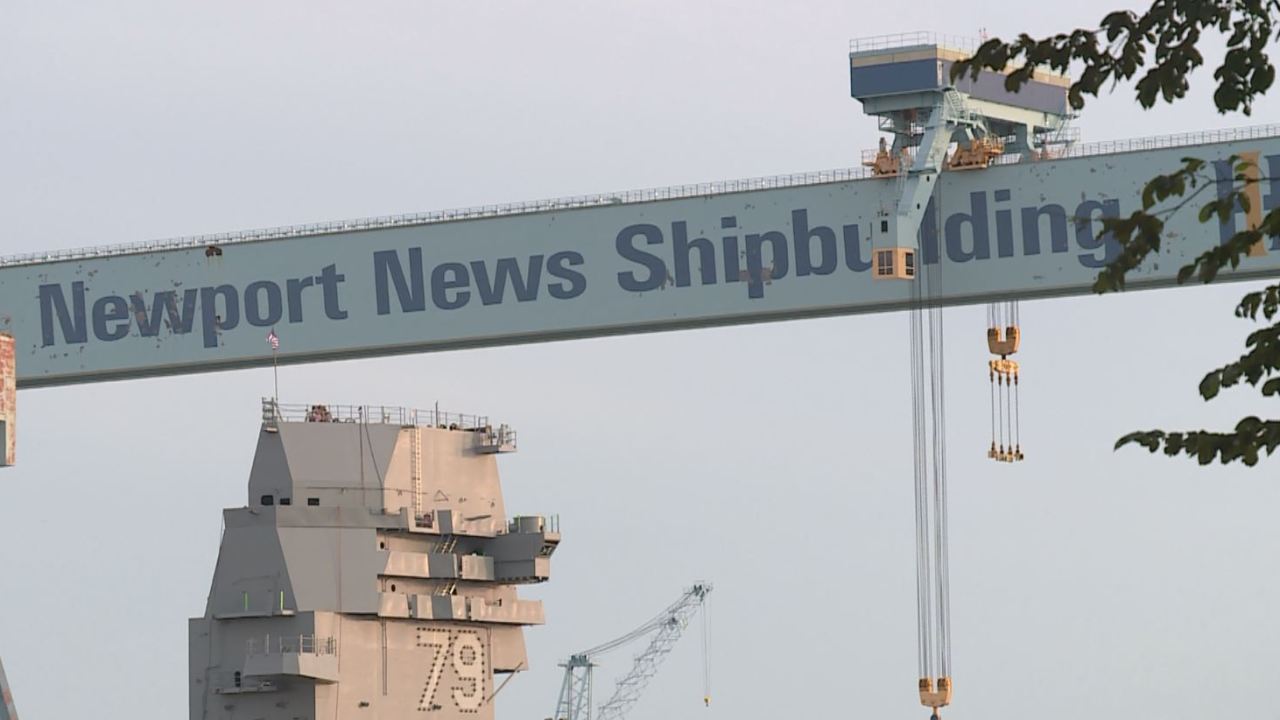The USN thought it needed
22 carriers to fulfill it's missions circa the late 60s as the Essex class was about to retire. Thirteen in the late 70s and the Reagan era goal of 15 were steps down from that. And 15 were in service at the same time for just one year (91). Incidently, I read somewhere recently that the 600 ship navy plan did long term damage to the USN. They though they could sustain 530 or so, but the surge to 600 left them short of funds to replace ships as they were retired. Of course this is before the "peace dividend".
As for the Kitty Hawk/JFK carriers and the Nimitz class, the USN used them interchangeably. The air wings were the same, but they cost two thirds or so, maybe less, of the cost of a Nimitz. Since the air wings and crews were roughly comparable, the lifetime cost is dependent on the price of oil.
What I haven't seen is the cost of additional tankers, and escorts for extra replenishment groups, compared to not needing those for CVNs. Kind of like how the USAF decided it wasn't cost effective to replace the B-52 engines, despite gains in range, because they could refuel, but their calculated fuel costs didn't take into account the cost of fuel when it's being delived by a tanker, which needless to say is a lot higher than on the ground, and swings the analysis to replacing the engines. I'm sure it has been done, but I don't see it talked about and haven't seen an analysis. If anyone can point in the right direction I'd be grateful.
All that said, I really don't see a significant military benefit to CVNs unless they are operating in an all nuclear task force. An all nuclear task force of four carriers, 20 plus escorts and half a dozen resupply ships cruising around at 30+ knots for days at a time would be something of a game changer, but as long as everything non-carrier is conventionally powered CVNs can't achieve their full potential and you might be better off with CVs.
Yeah, none of those can control air/sea space for months at a time, 24/7/365.
Which is what the naval mission has historically been. This whole emphasis on strike rather than sea control has been a damaging distraction.

www.navytimes.com



